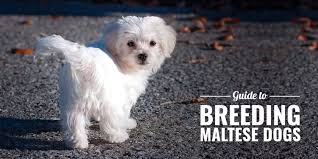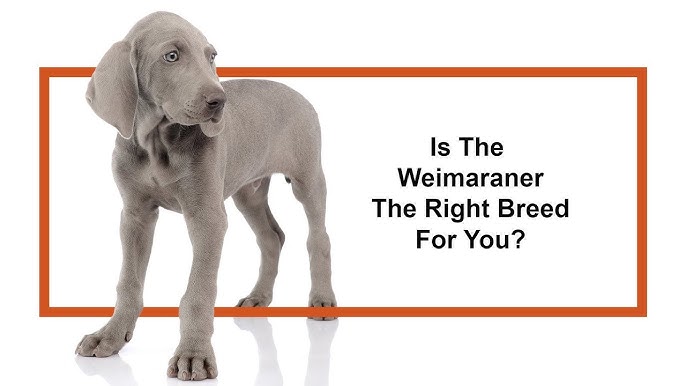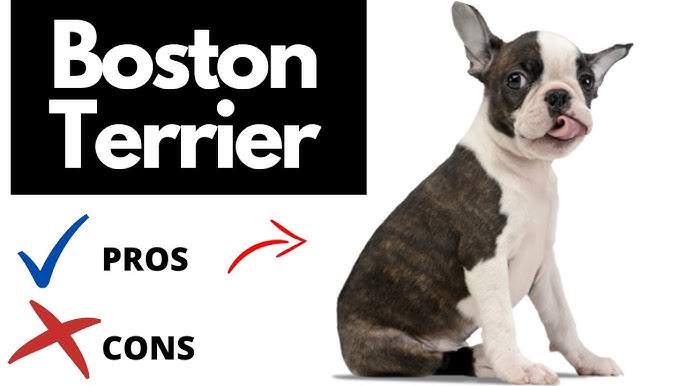Maltese Dog Breed: Complete Guide, How-To Care, Pros & Cons
The Maltese is a small but mighty dog with a rich history, a luxurious white coat, and a spirited personality that has captured the hearts of dog lovers around the world. Known for being affectionate and alert, the Maltese is one of the oldest toy breeds and continues to be a beloved companion for singles, families, and seniors alike.
In this comprehensive guide, you’ll discover everything you need to know about the Maltese — from its origins and temperament to grooming tips, training strategies, and health care, plus the pros and cons to help you decide if this elegant little dog is the right pet for your lifestyle.
🐾 Breed Overview
- Breed Name: Maltese
- Group: Toy Group (AKC)
- Origin: Malta
- Lifespan: 12 to 15 years
- Weight: 4 to 7 pounds (1.8 to 3.2 kg)
- Height: 7 to 9 inches (18 to 23 cm)
- Temperament: Playful, Gentle, Alert, Devoted
- Coat Type: Long, Straight, Silky
- Hypoallergenic: Yes
📜 History of the Maltese
The Maltese is believed to have originated over 2,000 years ago, making it one of the oldest known toy breeds. This breed traces its roots to the island of Malta in the Mediterranean, where it was a cherished lapdog among Roman aristocrats and even featured in ancient art and poetry.
Over centuries, the Maltese became a symbol of elegance and luxury, especially in European courts. They were often seen nestled in the arms of nobility and even royalty, earning nicknames like “The Comforter” and “Ye Ancient Dogge of Malta.”
🧠 Personality and Temperament
Despite its dainty appearance, the Maltese has a spirited and lively personality. Here are some key traits:
- Affectionate: Loves cuddling and being close to family members.
- Alert and Watchful: Makes a great watchdog due to its keen sense of surroundings.
- Playful and Energetic: Enjoys games and interactive toys.
- Loyal: Forms strong bonds and may become clingy.
- Good with Kids (Supervised): Better with older, respectful children due to their small size.
This breed thrives on human attention and doesn’t do well if left alone for long periods.
🏠 Is the Maltese Good for Apartment Living?
Yes, the Maltese is an excellent choice for apartment or condo living. Their compact size, low exercise needs, and minimal barking (when trained) make them suitable for urban environments. They enjoy lounging but still need short play sessions and walks daily.
However, separation anxiety can be a concern. If you’re away often, consider doggy daycare or a pet sitter.
🛁 Grooming and Coat Care
The Maltese is known for its luxurious, floor-length coat that requires consistent grooming to maintain its beauty and health.
Grooming Tips:
- Daily Brushing: Prevents tangles and mats. Use a soft brush and detangling spray.
- Bathing: Once every 1–2 weeks with a mild dog shampoo.
- Face Cleaning: Wipe tear stains daily with a damp cloth or vet-approved wipe.
- Hair Trimming: Trim around the eyes, ears, and paws regularly.
- Puppy Cut: Many owners prefer a short haircut for ease of maintenance.
- Ears and Nails: Clean ears weekly; trim nails monthly.
Their coat is hypoallergenic, making them suitable for people with mild allergies.
🍽️ Feeding and Nutrition
A healthy diet keeps your Maltese in top shape.
- Type: High-quality dry kibble or canned food formulated for toy/small breeds.
- Frequency: 2 meals per day.
- Portion Size: Based on weight and age — consult your vet for personalized advice.
- Avoid: Table scraps, cooked bones, and excessive treats.
Maltese dogs can be picky eaters and prone to dental issues, so opt for food that promotes dental health.
⚕️ Common Health Concerns
The Maltese is generally healthy but can be prone to certain issues:
- Dental Disease: Small dogs often suffer from plaque buildup.
- Luxating Patella: Dislocation of the kneecap, common in toy breeds.
- Collapsed Trachea: Causes coughing or trouble breathing.
- White Dog Shaker Syndrome: Neurological disorder affecting small white breeds.
- Hypoglycemia: Low blood sugar, especially in young puppies.
Prevention:
- Annual vet visits
- Regular dental cleaning
- Weight management
- Up-to-date vaccinations and flea/tick control
🎓 How to Train a Maltese
The Maltese is intelligent and eager to please but can sometimes be stubborn. Positive reinforcement is the key to success.
Training Guide:
- Start Young: Begin basic obedience as early as 8 weeks.
- Short Sessions: Keep lessons fun and under 10 minutes.
- Praise and Rewards: Use treats, toys, and verbal encouragement.
- Housebreaking: Be patient — crate training can help.
- Bark Control: Teach commands like “quiet” early on.
- Socialization: Expose your Maltese to different people, pets, and environments to avoid fearfulness.
Common commands include sit, stay, come, leave it, and heel. Many Maltese also excel in agility and trick training!
🏃 Exercise Requirements
Maltese dogs don’t need extensive exercise, but they do require daily activity to stay healthy and stimulated.
- Daily Walks: 20 to 30 minutes total
- Indoor Play: Fetch, tug-of-war, or puzzle games
- Mental Stimulation: Teach new tricks, rotate toys, use food puzzles
Avoid rough play, especially around large dogs or small children.
✈️ Traveling with a Maltese
Because of their small size and calm temperament, Maltese dogs are great travel companions. Most airlines allow them to travel in-cabin in approved carriers.
Before traveling:
- Ensure vaccinations are up to date
- Use a secure travel carrier
- Bring familiar toys or blankets
- Train them to be comfortable in cars and public areas
👨👩👧👦 Best Match for a Maltese
- Families with older children
- Seniors or retirees
- Singles living in apartments
- First-time dog owners
- Allergy-sensitive individuals
They are not ideal for homes where the dog will be left alone for long stretches without companionship.
✔️ Pros and ❌ Cons of Owning a Maltese
✔️ Pros:
- Hypoallergenic: Good for mild allergy sufferers
- Loyal and Loving: Devoted to their human companions
- Great for Small Spaces: Thrives in apartments and condos
- Trainable: Quick learners and eager to please
- Minimal Exercise Needs: Easy to care for physically
- Long Lifespan: Can live up to 15 years or more
❌ Cons:
- High Grooming Requirements: Daily brushing and regular maintenance
- Prone to Separation Anxiety: Needs human interaction
- Fragile: Can be injured easily, especially by young children
- Picky Eaters: May be selective with food
- Dental Issues: Needs regular teeth brushing and dental checkups
🧺 Final Thoughts
The Maltese is more than just a pretty face. Beneath the silky coat is a loyal, intelligent, and spirited dog that can make an excellent lifelong companion. While their grooming needs can be demanding, the love and affection they offer in return make it well worth the effort.
If you’re looking for a hypoallergenic lapdog with a royal past and a heart full of love, the Maltese might just be the perfect pup for you.




